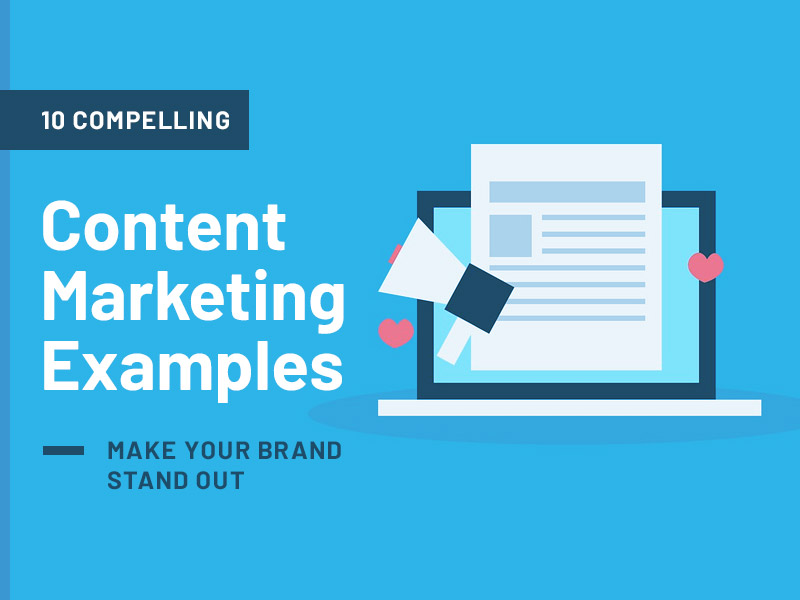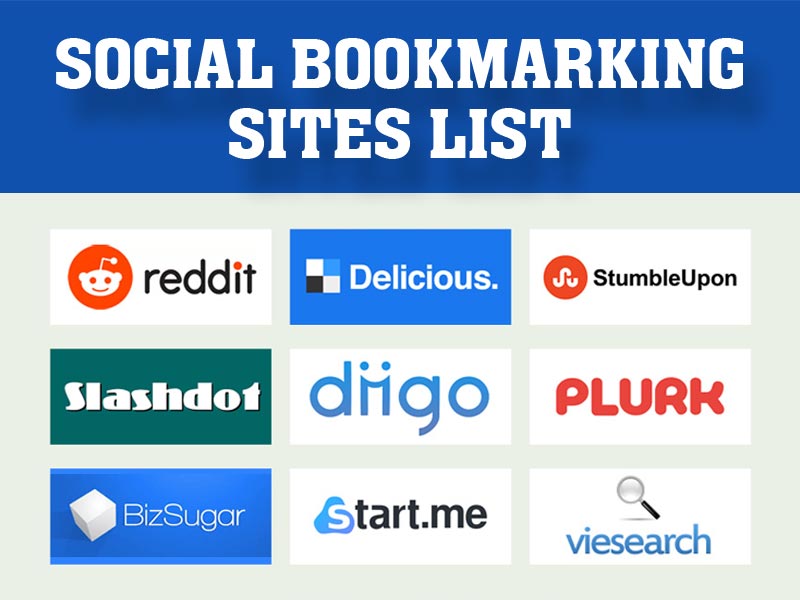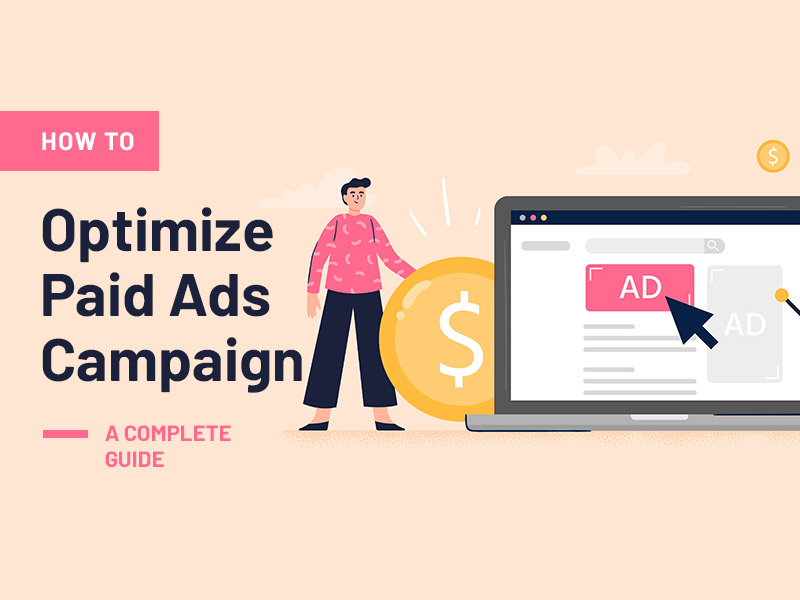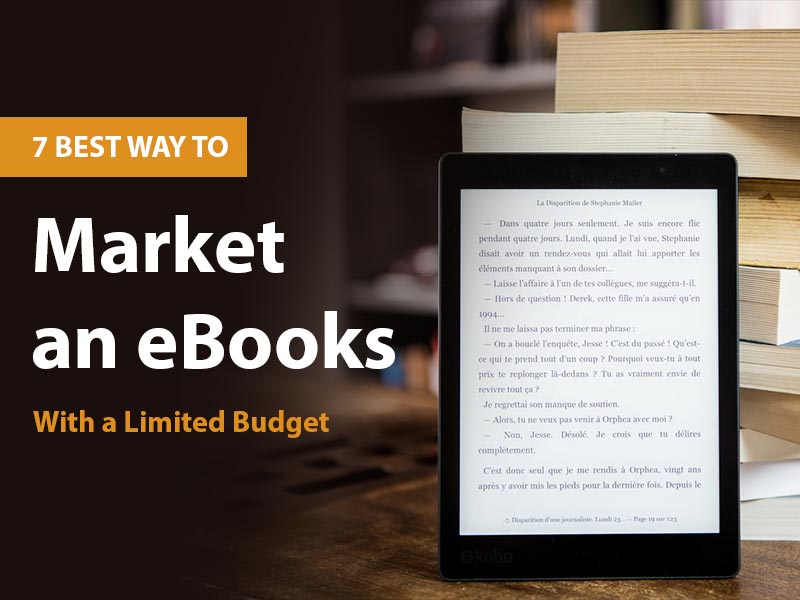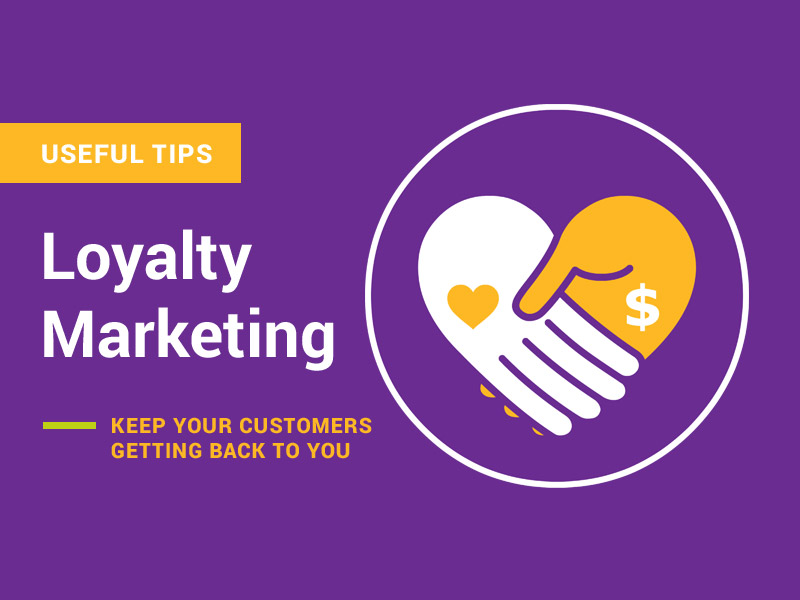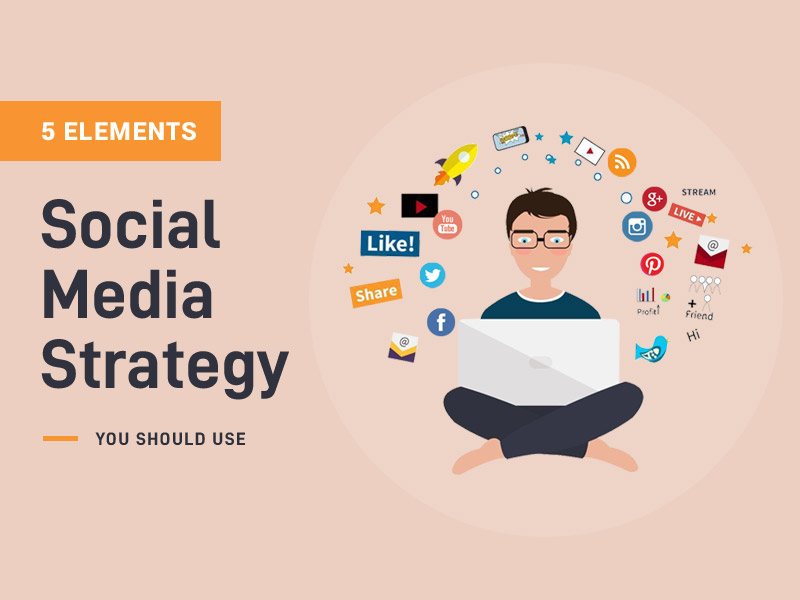One of the most efficient ways to boost the impact of your other marketing activities is to use content marketing.
What is Content Marketing?
Content marketing is making and sharing valuable, relevant material to attract and keep the attention of the people your brand wants to reach. Often, it shows skill in a specific area and helps spread the word about branding. People want to feel like they have a connection to a brand that fits with who they are. You can build and maintain relationships by working to make content that helps current and potential customers and gives them valuable tips.
It can include blog posts, videos, podcasts, infographics, emails, books, newspapers, workshops, seminars, postings on social media posts, templates, exams, and even more.
Here are some of the critical milestones in the history of content marketing:
- 1732: Benjamin Franklin publishes Poor Richard’s Almanack, one of the earliest content marketing examples.
- 1895: John Deere launches The Furrow, a magazine designed to be a resource for farmers.
- 1911: The Associated Press launches its first content marketing campaign, a series of articles about the dangers of smoking.
- The 1990s: The internet becomes mainstream, and content marketing takes off.
- The 2000s: Content marketing becomes more sophisticated with the rise of social media and other digital channels.
- The 2010s: Content marketing becomes essential for businesses of all sizes.
Today, content marketing is a thriving industry, and there are many different ways to create and distribute content. However, the core principles of content marketing remain the same: create valuable content that attracts and engages your target audience.
Content Marketing Revolution – The Rise of AI and Machine Learning
The most popular ways to use AI in marketing were related to content marketing. These include content analysis, topic selection, data-driven content creation, optimization, making personalized content, and A/B testing to improve content.
AI can be used for all these content marketing use cases and many more.
Artificial intelligence (AI) and machine learning (ML) are revolutionizing the content marketing landscape. These technologies are being used to automate tasks, personalize content, and measure results in ways that were impossible before.
AI and machine learning are also used to determine how well content marketing is going. You can do this by tracking how many people visit your website, how many people follow you on social media, and how many leads you get. Then, this information can be used to improve future work and ensure it reaches the desired results.
AI and machine learning is growing in popularity, significantly affecting content marketing. These advancements are streamlining and improving the entire content marketing process, from ideation to distribution to evaluation. This highlights the growing importance of content marketing to any successful advertising strategy.
Here are some of the ways that AI and ML are impacting content marketing:
- Automating tasks: AI and ML can be used to automate a lot of the boring parts of content marketing, like finding keywords, scheduling content, and sharing on social media. This gives marketers more time to work on jobs that are more creative and strategic.
- Personalizing content: AI and ML can be used to personalize content for each user. This can be done by using data to understand what content each user is interested in and what content they will likely find most valuable.
- Measuring results: AI and ML can be used to measure the effects of content marketing campaigns in ways that were not possible before. This data can be used to optimize campaigns and improve results.
These are just a few examples of how AI and ML are used in content marketing today. As these technologies continue to develop, we expect to see even more innovative uses.
Now that we’ve covered the value of content marketing to your company let’s look at our ten content marketing examples.
Is it time to get started? So, shall we?
1. Webinars
Webinars are a great way to educate and engage your audience, and they can also be a great way to generate leads. LeadPages, for example, offers a free webinar on email list building. This webinar is a great way to introduce LeadPages to potential customers and show them how the product can help them grow their email list.

Webinars are a great way to use content marketing to achieve your business goals. They can be used to:
- Educate your audience: It can help you build trust and credibility and position you as a thought leader in your industry.
- Generate leads: By offering a free webinar, you can then capture their contact information and use it to follow up with them and nurture them into customers.
- Promote your products or services: You can show potential customers how your product or service can solve their problems by giving a live demo or presentation.
- Build relationships: It can help you build stronger relationships with them, leading to more sales and referrals.
2. Case studies
These are a great way to show how your product or service has helped real people. For example, HubSpot has a great case study on how it helped a company increase its website traffic by 500%. This case study is a great way to demonstrate the value of HubSpot’s marketing software.
Here are some tips for creating compelling case studies:
- Start with a strong problem statement: It will help you focus your case study and ensure it is relevant to your target audience.
- Please choose the proper case study subject: Someone who has used your product or service to solve a problem and is willing to share their story.
- Tell a compelling story: It should be a narrative that tells the reader how your product or service helped the case study subject solve their problem.
- Use visuals: Illustrate your points using infographics, screenshots, or videos.
- Promote your case studies: Once you’ve created your case studies, be sure to promote them on your website, social media, and email list.
3. eBooks
eBooks are one of the content marketing examples that are great way to provide your audience with valuable information. They can also be a great way to generate leads. For example, Atlassian offers a free eBook on how to lead a high-performing team. This eBook is a great way to show potential customers how Atlassian’s products can help them improve their team’s performance.
eBooks are a great way to use content marketing to achieve your business goals. They can be used to:
- Educate your audience: It can help you build trust and credibility and position you as a thought leader in your industry.
- Generate leads: By offering a free eBook, you can capture their contact information and use it to follow up with them and nurture them into customers.
- Promote your products or services: You can help potential customers learn more about them and decide if they’re right for them.
- Build relationships: By providing valuable information, you can show them that you care about their needs and that you’re an expert in your field.
4. Blog posts
These content marketing examples are a great way to share your thoughts and expertise with your audience. They can also be a great way to drive traffic to your website.
If you’re thinking about using blog posts as part of your content marketing strategy, here are a few tips to help you get started:
- Choose a topic that your audience will be interested in. It will help you attract people to your blog posts and ensure they get something out of them.
- Write a clear and concise title. It should also be attention-grabbing enough to make people want to click on your blog post.
- Write high-quality content. They should also be visually appealing and easy to read.
- Promote your blog posts. Once you’ve written your blog posts, promote them on your website, social media, and email list.
5. Video content
Video content is becoming increasingly popular and is a great way to engage your audience.
If you’re thinking about using video content as part of your content marketing strategy, here are a few tips to help you get started:
- Choose a topic that your audience will be interested in.
- Create high-quality videos. Your videos should be well-produced and engaging. They should also be visually appealing and easy to watch.
- Promote your videos.
6. Infographics
These are great ways to break down complex information into easy-to-understand visuals.
Here are some tips on how to create a content like infographics for content marketing:
- The first step is to choose a topic your audience will be interested in. This will help you attract people to your infographics and ensure they get something out of them.
- Keep your infographics clear and concise. Infographics should be easy to understand and visually appealing. Avoid using too much text or complex data visualizations.
- Use high-quality images and create graphic designs. The photos and pictures you use in your infographics should be high-quality and relevant to the topic of your infographic.
- Promote your infographics on social media.
- Track your results. It will help you improve your infographics over time and get better results.
By following these tips, you can create and promote infographics to help you achieve your content marketing goals.
7. Podcasts
Podcasts are a great way to connect with your audience more personally. They can also be a great way to share your thoughts and expertise on a particular topic.

Here are some ideas on how podcasts can be used as content marketing:
- Educate your audience: It can be a great way to educate your audience about your industry, your products or services, or any other topic you’re an expert in.
- Generate leads: By creating podcasts relevant to your target audience, you can attract people interested in what you have to offer.
- Promote your products or services: By creating podcasts that conversationally showcase your products or services, you can help potential customers learn more about them and decide if they’re right for them.
- Build relationships: By sharing your personality and insights through podcast interviews, you can connect with your audience more personally. It can help you build stronger relationships with them, leading to more sales and referrals.
8. Social media posts
These are a great way to share your content with your audience. They can also be a great way to engage with your audience and build relationships. For example, Buffer uses social media to share their latest blog posts, infographics, and other content. They can connect with more people and generate leads through their social media posts.
Here are some additional tips for creating compelling social media posts for content marketing:
- Choose a platform that’s right for your audience.
- Post regularly: To reach your audience and keep them engaged, you must post regularly on social media. However, you want to post sparingly or risk annoying your followers.
- Use visuals in your social media posts, such as images, videos, or infographics.
- Use hashtags: Including relevant hashtags in your posts will help them appear in related hashtag searches.
- You can also use contests and gifts to get more people to follow you and grow your audience.
9. Email marketing
It is a great way to stay in touch with your audience and promote your content.
Here are some examples of successful email marketing campaigns that use content marketing effectively:
- Mailchimp: Mailchimp is an email marketing platform that uses email to share its content and to share content from other thought leaders in the marketing industry.
- HubSpot: HubSpot is a marketing software company that uses email to share its expertise in marketing and sales.
- Buffer: Buffer is a social media scheduling tool that uses email to share its content and to share content from other thought leaders in the marketing industry.
10. Live events
These are a great way to connect with your audience in person. They can also be a great way to generate leads and sales.

Here are some ideas on how life events can be used as content marketing:
- Educate your audience: It can be a great way to educate your audience about your industry, your products or services, or any other topic you’re an expert in.
- Generate leads: You can attract people interested in your offer by hosting a live event relevant to your target audience.
- Promote your products or services: By hosting a live event showcasing your products or services, you can help potential customers learn more about them and decide if they’re right.
- Build relationships: It can help you build stronger relationships with them, leading to more sales and referrals.
Conclusion
Content marketing is a great place to start if you want to improve how you sell your brand in 2023. You can position your company as an industry authority and win over customers by creating a content strategy template that centers on producing content that is high-quality that resonates with your target demographic. Promote your brand or also called brand marketing with the help of these content marketing examples.
